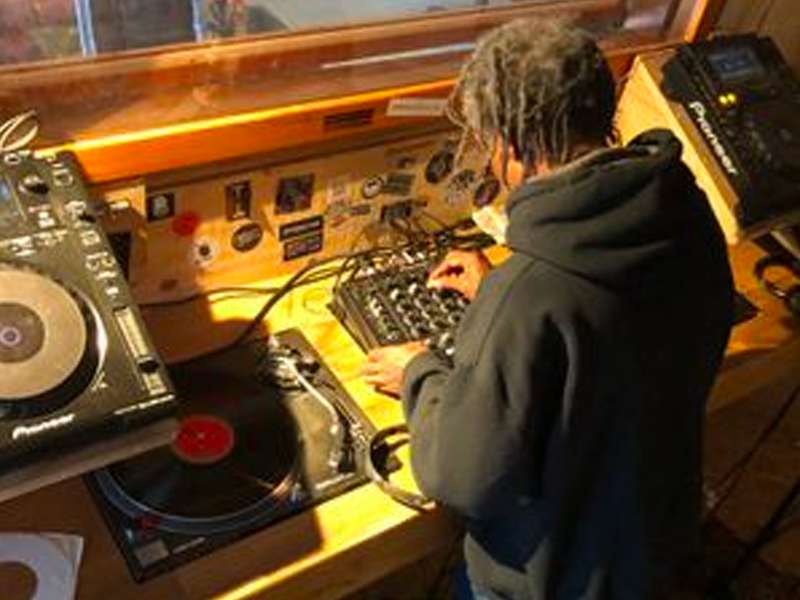Kuduro: Electronic Music of Angola – Part One

Kuduro is the electronic dance music of a generation born and raised during Angola’s traumatic and protracted civil war. It started life on Angola’s margins, in the clubs and ghettos of the nation’s capital, Luanda, but its influence can be heard in Angolan hip hop, R&B, and techno. In the twenty-first century Kuduro is the official, state sanctioned international sound of young, post-war Angola. Broadcaster and music obsessive Edward George takes us on a journey through the social history of Kuduro. He looks at what this insistently joyous club music can tell us about the relationship of dance music to the machinations of state power, and what is left unsaid both during and in the aftermath of the civil war.
The podcast was produced by: Alannah Chance

